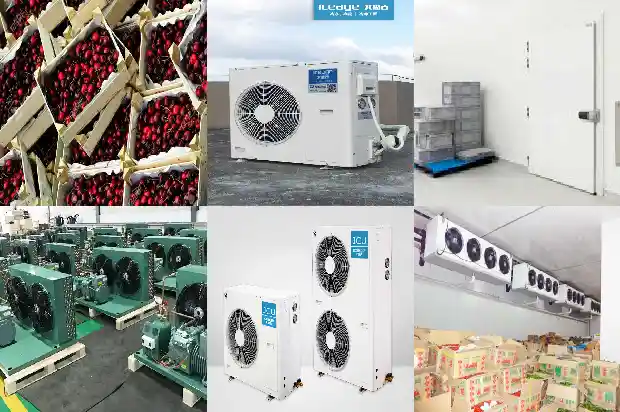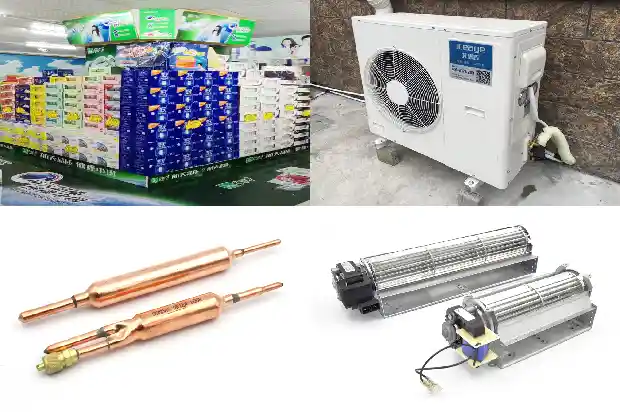How to Distinguish between Internal and External Balances of an Expansion Valve?
2025-02-11
1. Overview and Differences
Based on the different ways the evaporating pressure is transmitted to the valve diaphragm, the thermostatic expansion valve can be divided into the following two types:
- Internal balance.
- External balance.
- Internal balance - The evaporator pressure is transmitted to the diaphragm inside.
- External balance - The evaporator pressure is transmitted to the diaphragm from the evaporator outlet through an external connection.
- Note: is 10 K (medium temperature – evaporating temperature). If the pressure drop of the evaporator is high, an expansion valve with external balance should be used.
That is to say, a system with a liquid distributor must use an expansion valve with external balance.
2. Differences in Application Scenarios
Now that we know the differences between internal - balance and external - balance expansion valves, what are the differences in their application scenarios?
Due to the pressure drop in the evaporator, the pressure value collected by the internal - balance expansion valve is larger than that collected by the external - balance expansion valve. Since the expansion valve is just a mechanical component, it doesn't know about this deviation and can't correct it, which will cause the internal - balance expansion valve to make wrong judgments.
Therefore, for scenarios with a large pressure drop in the evaporator, it is recommended to use an external - balance thermostatic expansion valve.
Specific application scenarios are as follows:
Due to the pressure drop in the evaporator, the pressure value collected by the internal - balance expansion valve is larger than that collected by the external - balance expansion valve. Since the expansion valve is just a mechanical component, it doesn't know about this deviation and can't correct it, which will cause the internal - balance expansion valve to make wrong judgments.
Therefore, for scenarios with a large pressure drop in the evaporator, it is recommended to use an external - balance thermostatic expansion valve.

Specific application scenarios are as follows:
- External balance:
- Scenarios with a large pressure drop, such as those using plate - type evaporators.
- Units with a large heat transfer capacity, such as those using screw compressors and shell - and - tube evaporator units.
- Refrigeration systems with a liquid distributor (the pressure drop of the liquid distributor is relatively large).
- Internal balance:
- Scenarios with a small pressure drop.
- Scenarios with a small cooling capacity (such as household air - conditioners).
- Mass - produced refrigeration equipment.
3. Advantages and Disadvantages
- Advantages of internal balance:
- There is no need to connect a balance pipe, which simplifies the unit installation process, reduces potential failure points during the unit's operation, and the price is relatively cheap.
- Advantages of external balance:
- The external - balance thermostatic expansion valve can more accurately control the superheat at the evaporator outlet, make full use of the evaporator's heat - transfer area, and improve the energy efficiency of the unit.
Related Articles
- Selection and Installation of Thermal Expansion Valves
- Common Pressure Valves and Protection Devices in Refrigeration Units
- Introduction to Control Valves in Refrigeration Systems
- Selection of Bypass Control Valves for Air - conditioning Water Systems
- Basic Knowledge of Valve - type Components in Refrigeration Systems (Technical Sharing)
- New Technology: A New Control Method for Throttle Valves in Refrigeration Systems
- Precautions for the Hot Gas Bypass Valve of Refrigeration Units in Cold Storage
- Analysis of Causes for Safety Valve Leakage
- What Causes Noise in Pressure Reducing Valves?
- Precautions for Inspecting Valves in Refrigeration Systems
- Key Component of Air Source Heat Pump - Four-way Valve
